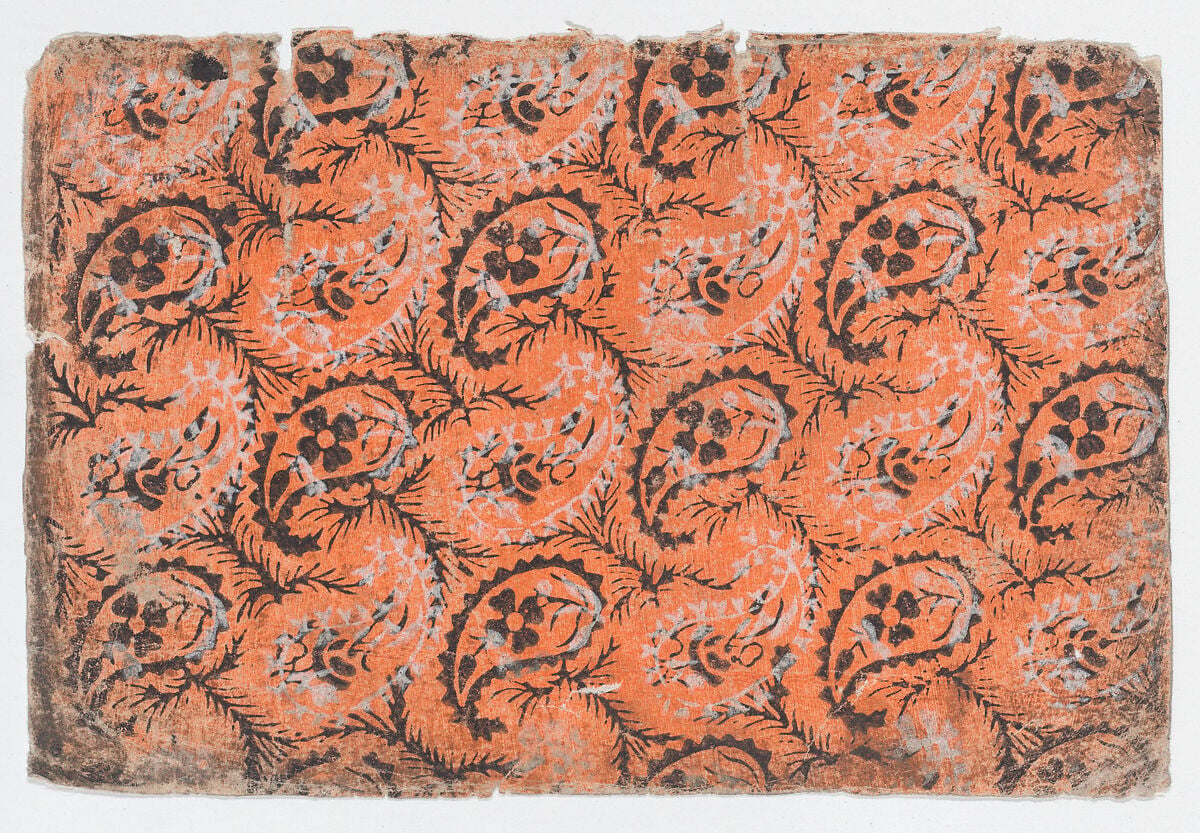RESEARCH DIARY: Paisley
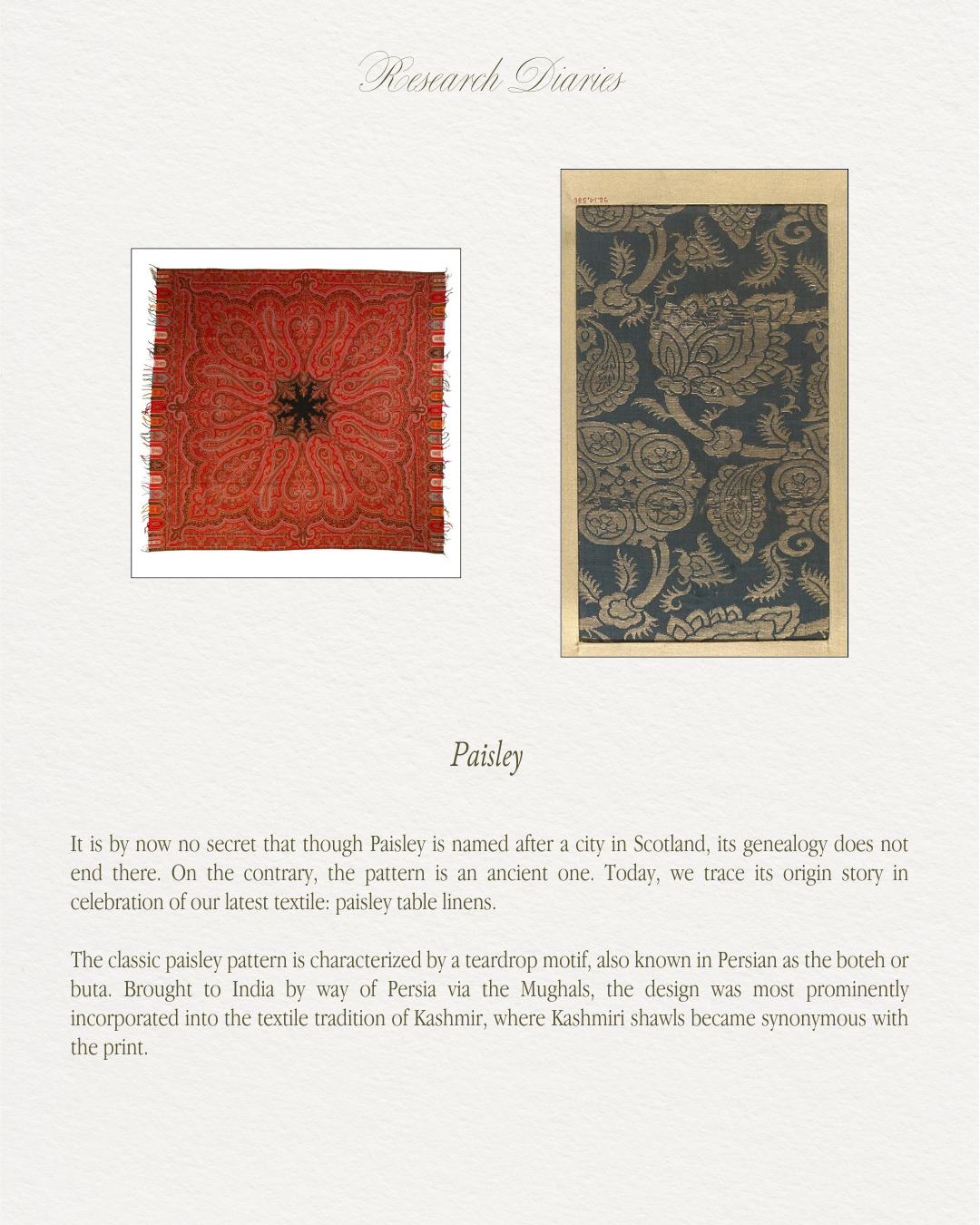
It is by now no secret that though Paisley is named after a city in Scotland, its genealogy does not end there. On the contrary, the pattern is an ancient one. Today, we trace its origin story in celebration of our latest textile: paisley table linens.
The classic paisley pattern is characterized by a teardrop motif, also known in Persian as the boteh or buta. Brought to India by way of Persia via the Mughals, the design was most prominently incorporated into the textile tradition of Kashmir, where Kashmiri shawls became synonymous with the print.
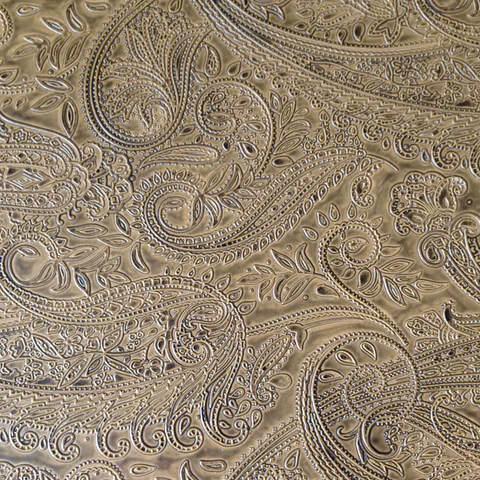
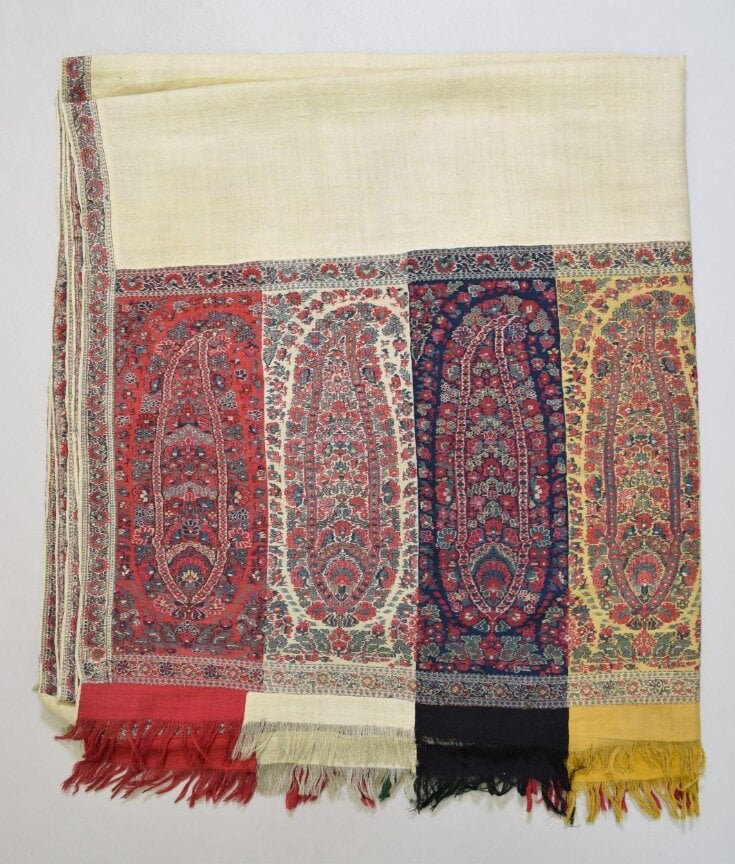
By the time the British began colonizing the continent, Kashmiri shawls were coveted symbols of prestige, exclusively worn by the wealthy. Richly inlaid and embroidered, each shawl took anywhere from three to six months to weave. Using the buttery fine wool of the Changthangi cashmere goat known as Pashmina, artisans perfected their craft. The British took note. Carrying the textiles all the way back home to their wives in England, they catalyzed a new trend, immersing European aristocracy in the world of paisley.
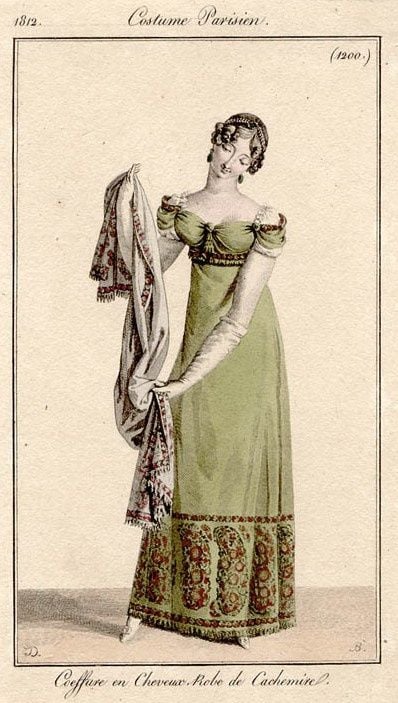
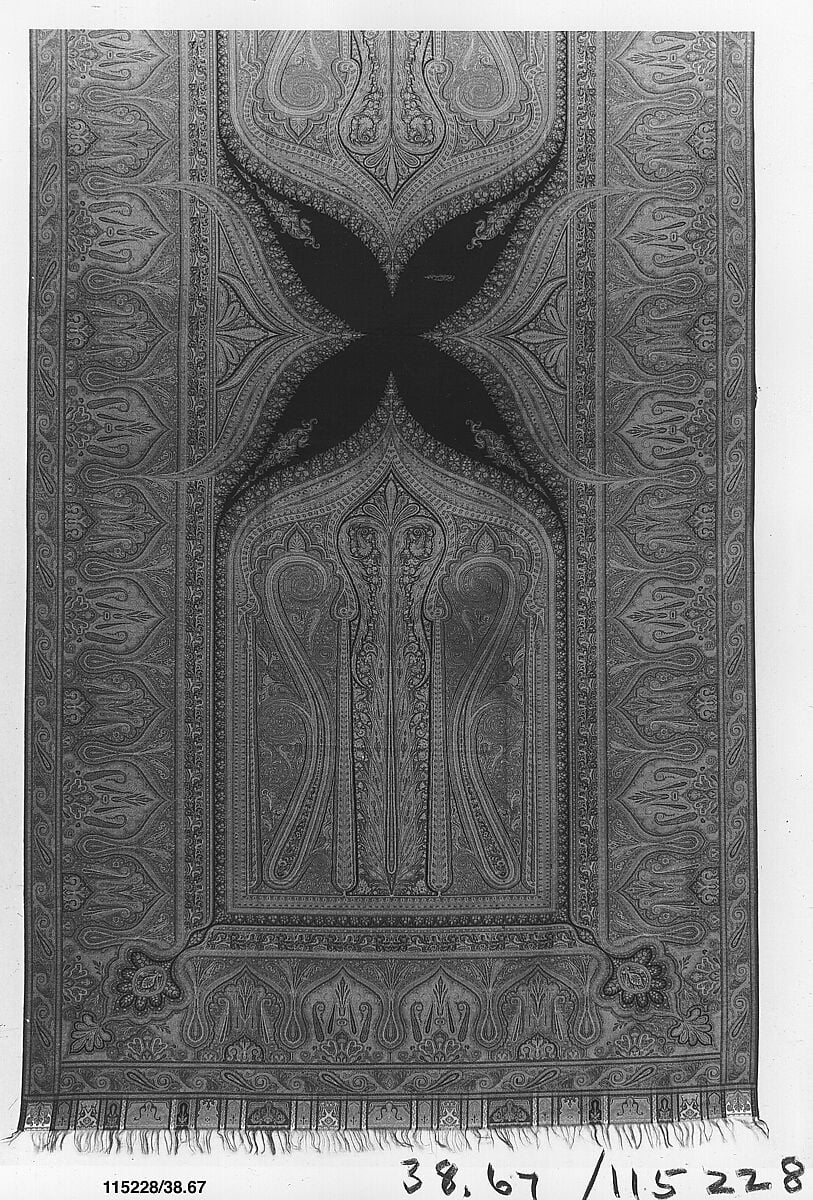
But the pattern wasn’t called paisley – at least not yet. It wasn’t until the industrial cities of Edinburgh, Norwich, and Paisley began to compete with Indian artisans that the name game began. By the early 1800s, Paisley emerged as the best, most productive copycat of the print, and the correlation stuck. Thus it was in the west of Scotland, thousands of miles from the Kashmir region of India, that thousands of bolts of fabric, covered in the ancient teardrop motif, were produced.
When the print went out of fashion for late 19th century clothing, it was given new life in shower curtains, piano covers, tea towels, and – eventually – tablecloths. Today, paisley lives on in our first-ever tablecloth, a modern rendition of an ancient print.

